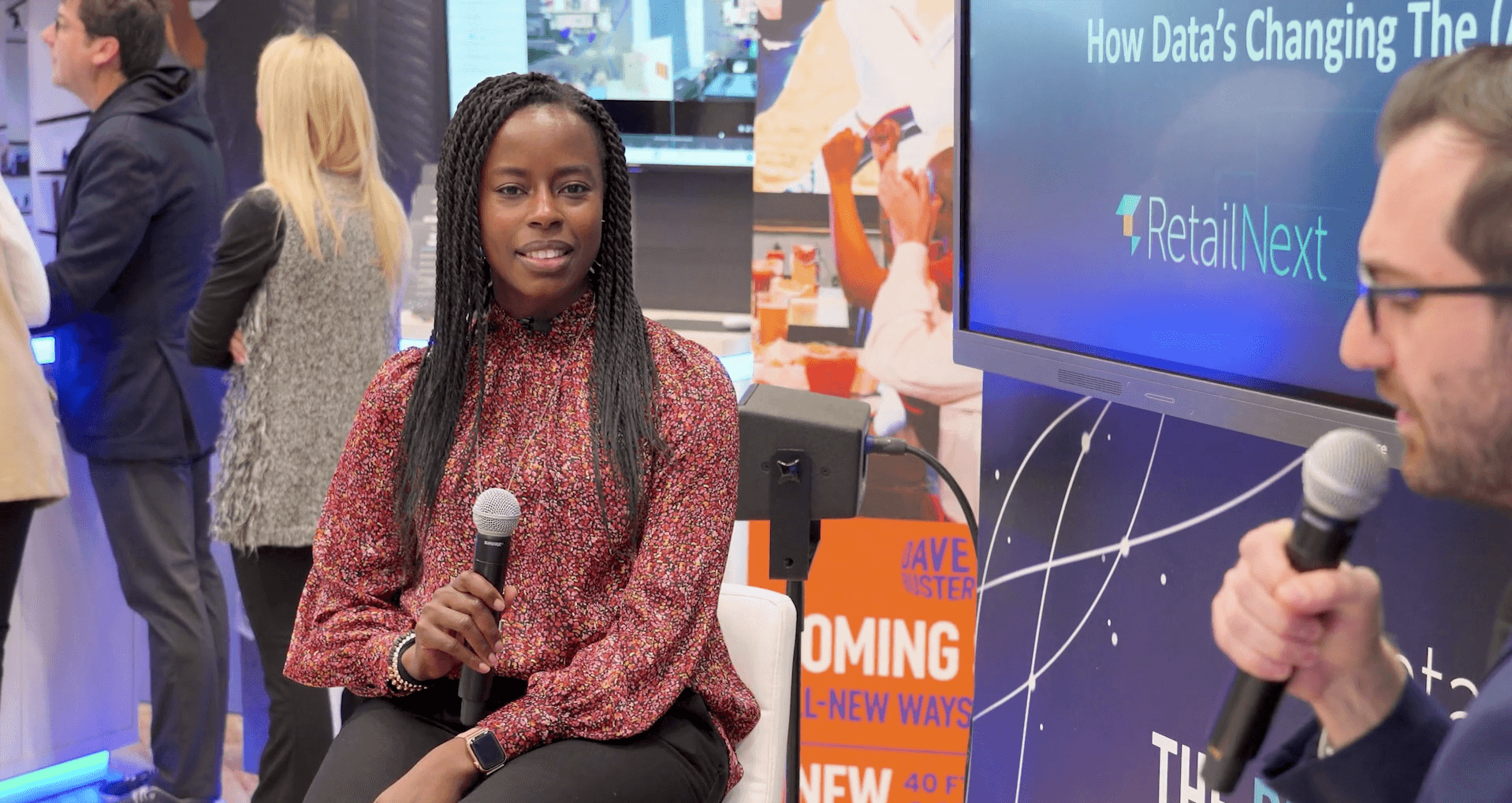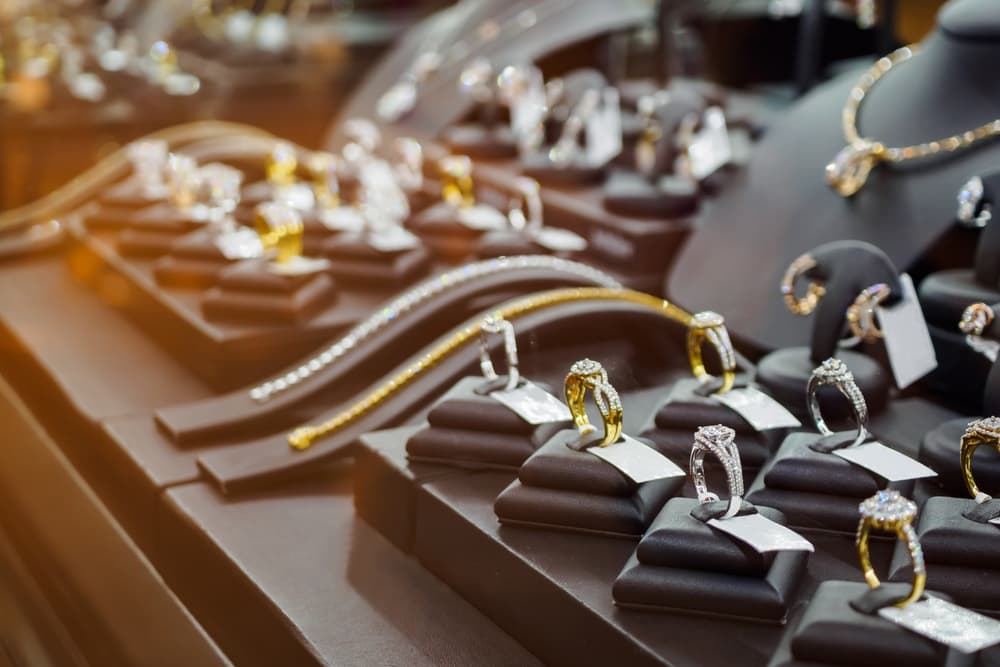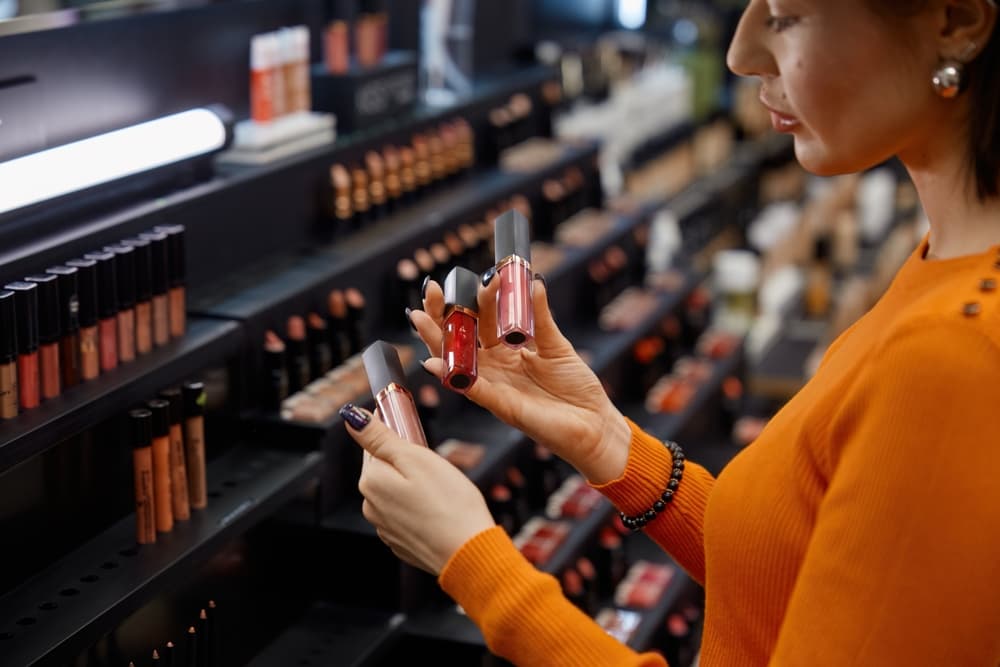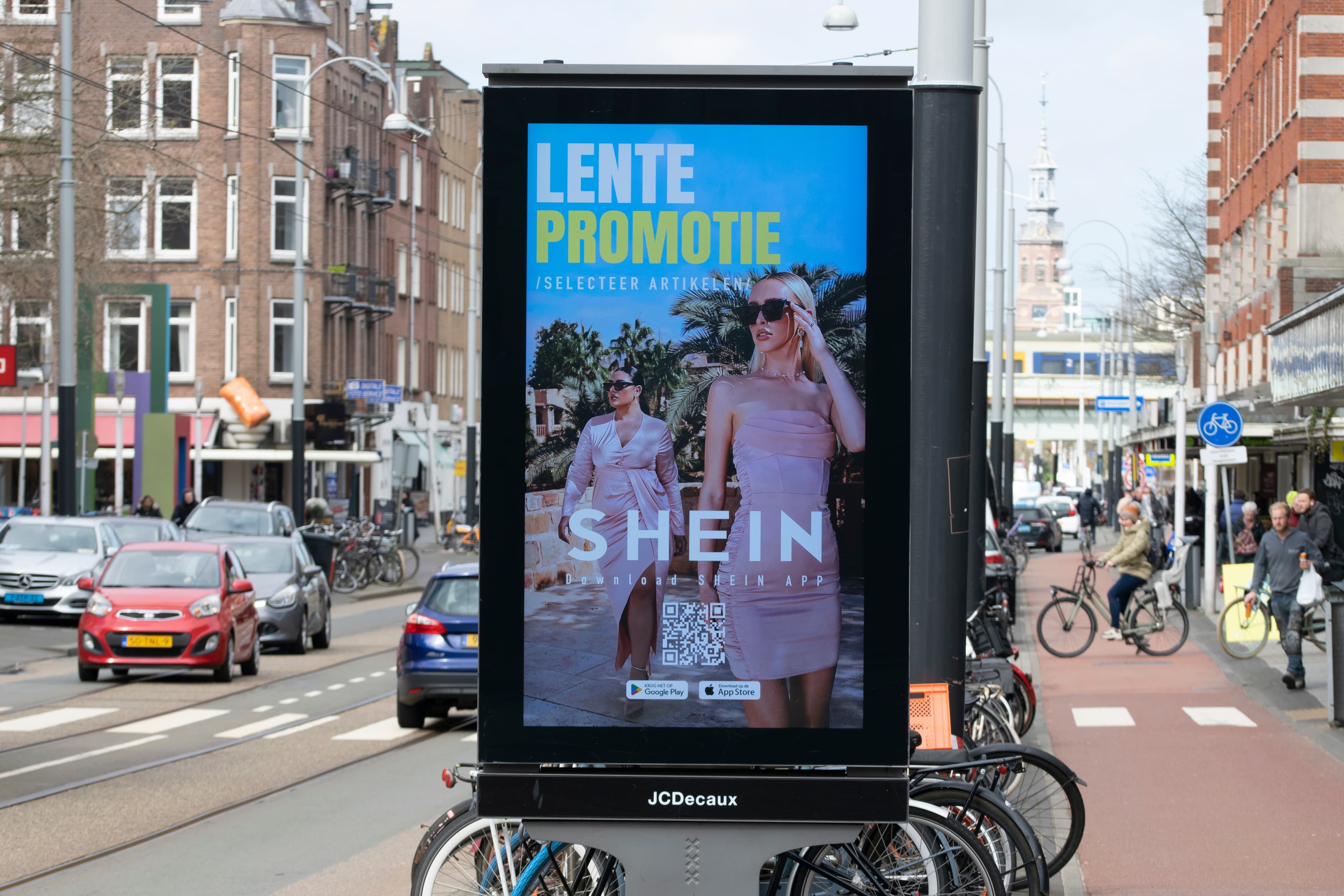Spooktacular 'Summerween': 2025 Halloween Retail Trends
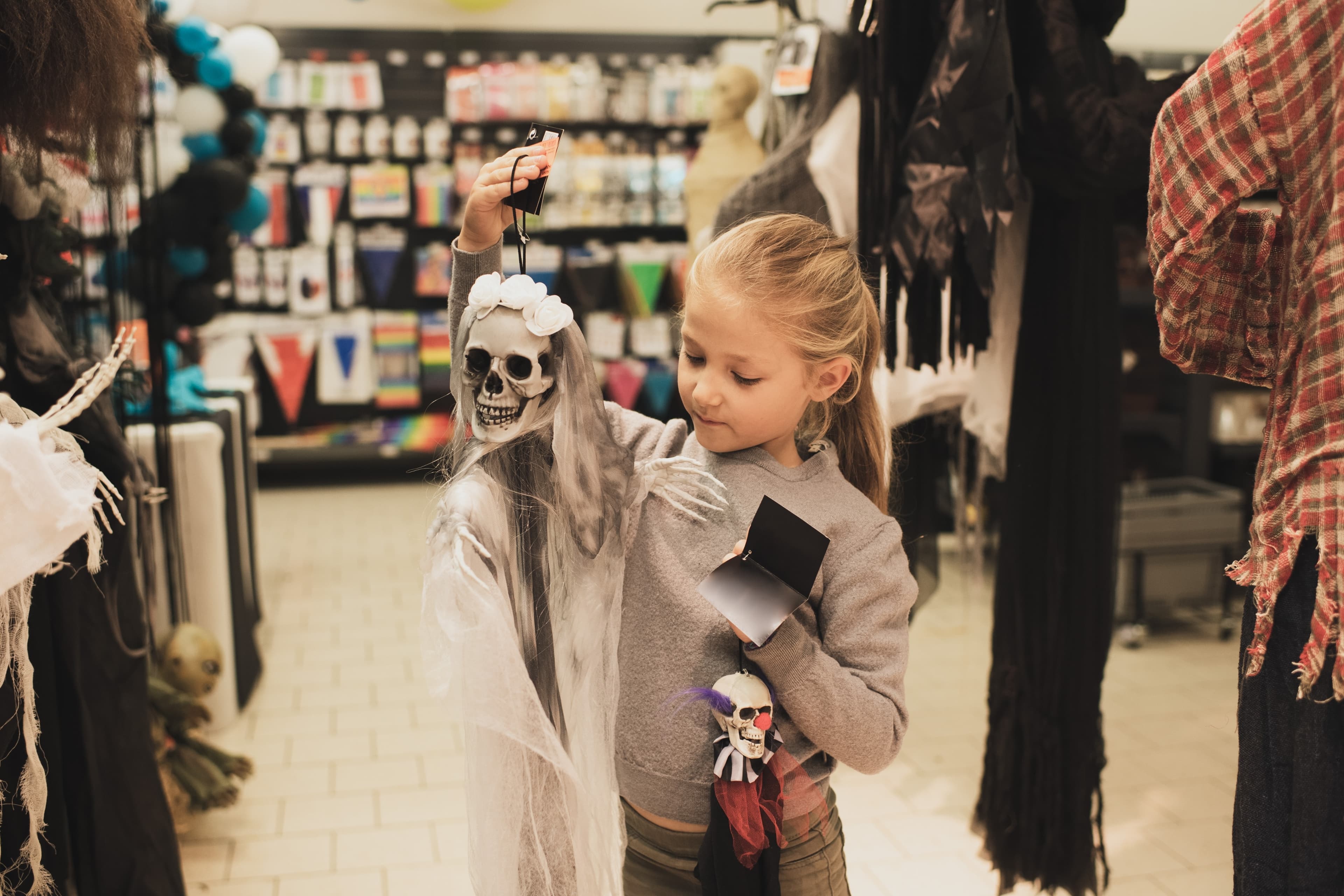
On this page
Halloween isn't just creeping into summer anymore; it's practically moved in. As retailers scramble to capitalize on the phenomenon known as "Summerween," the traditional October retail playbook has been completely rewritten. According to the NRF, US shoppers are expected to spend approximately $11.7 billion on the Halloween season in 2025, which is slightly less than the previous year's all-time high of $12.2 billion. However, this modest decline should not be mistaken for diminished enthusiasm. What we're witnessing is a fundamental shift in how consumers engage with seasonal retail, one that smart brands are already capitalizing on.
The numbers tell a compelling story: 47% of survey participants are beginning their shopping before October, compared to just 32% a decade ago. This isn't a temporary blip; it's the new reality of Halloween retail. For brand managers navigating this evolving landscape, understanding these shifts isn't just advantageous; it's essential for survival.
DISCOVER: Retail Disrupted: 4 Trends Changing The Store
When July Became The New September
Walk into any major retailer this summer and you'll encounter something that would have seemed absurd five years ago: Halloween displays competing with beach towels and sunscreen. Walmart is starting Halloween early with new displays in select stores nationwide, featuring their "Summer Frights" sections, which are now available across approximately 1,000 stores. The displays offer price points ranging from $1 to $10.
This early rollout isn't happening in isolation. The Home Depot's 2025 Halloween collection will be available for purchase online starting Monday, August 4. Lowe's has confirmed the full in-store reset for August 11-22. Target has taken perhaps the most aggressive approach, with a portion of its highly anticipated 2025 Halloween collection available online as early as late May, sending shivers of excitement—and a mad dash to digital carts—throughout the dedicated community of Halloween enthusiasts.
The strategic implications are profound. Retailers are essentially creating a six-month selling season for what was traditionally a four-week sprint. This extended timeline enables better inventory management, alleviates the pressure of October stock-outs, and captures consumer enthusiasm at its peak, rather than waiting for calendar permission.
However, there's another factor driving this summer surge: concerns about tariffs. The looming impact of tariffs on goods from China, including seasonal décor, is one reason why retailers have been front-loading inventory. Smart retailers are hedging against potential price increases by encouraging early purchasing, effectively sharing the risk management strategy with their customers.
Who’s Really Driving Halloween Spending?
The most interesting revelation in this year's data isn't just that people are shopping earlier; it's who's leading the charge. Namely, 25- to 34-year-olds. This age group is more likely than any other to start shopping for Halloween items early, with 56% planning to begin before October. These aren't casual participants; at 86%, they are the age group most likely to celebrate Halloween, and they spend an average of $124.43 per person on the holiday, about $20 more than consumers overall.
This demographic shift has enormous implications for merchandising strategy. Millennials in their prime earning years aren't just buying costumes for themselves; they're creating elaborate experiences for their families. Millennials, particularly those in their early 40s, are more likely to have children, driving higher spending on costumes and decorations. This explains why we're seeing such robust growth in family-oriented and premium Halloween offerings.
Meanwhile, Gen Z is carving out its own Halloween identity. A reported 32% of Gen Z shoppers use TikTok for Halloween costume inspiration, fundamentally altering how retailers approach costume forecasting and social media marketing. The viral nature of TikTok trends means that costume popularity can shift almost overnight, requiring unprecedented agility in inventory planning.
READ MORE: Why Gen Z Is Not Sleeping On Shopping At Malls
Retail Theater: The Experience Economy Meets Halloween
The most successful Halloween retailers aren't just selling products; they're selling experiences. Spirit Halloween has mastered this approach with its immersive store environments. The Spirit Halloween store is renowned for its immersive atmosphere, which combines music, lighting, and animatronics to create a memorable experience. This theatrical approach explains why Spirit Halloween can command premium pricing despite temporary retail locations.
Home Depot has taken a different but equally effective approach with its iconic 12-foot skeleton, "Skelly." The 12-foot Giant-Sized Skelly, a fan-favorite larger-than-life Halloween staple, returns at its original price of $299. What's remarkable isn't just the price point… It's that Home Depot has maintained that price for five consecutive years while building an entire ecosystem around the product. If you're serious about your Halloween decorating, you may want to check out the Home Depot Halloween Haunters Club on Facebook, where enthusiasts share decorating tips and showcase their displays.
Target has approached experience differently, creating its Halloween "neighborhood" concept. Whether you're being warmly greeted in stores by a cut-out of Lewis the Pumpkin Ghoul or browsing Target's Halloween neighborhood online, it's a fun, festive shopping experience featuring rooftops and Halloween characters like bats and witches. This branded environment creates a sense of place that extends beyond mere product display.
The Economics of Early Adoption
The financial benefits of early Halloween merchandising are becoming impossible to ignore. From 2019 to 2024, total spending on Halloween decorations increased by 42%, from $2.6 billion to $3.8 billion, while total spending on the holiday grew by 32% during the same time period. This disproportionate growth in decorations suggests consumers are treating Halloween as a home experience rather than just a costume event.
The category breakdowns reveal strategic opportunities. The largest amounts of total spend are predicted to be allocated to costumes ($3.8 billion; purchased by 67% of Halloween shoppers) and decorations (also $3.8 billion; 75%), with another $3.5 billion being spent on candy. The fact that decorations command the same total spend as costumes, despite having higher penetration rates, indicates strong per-customer spending in this category.
Candy presents unique opportunities for repeat purchasing. 55% of shoppers will purchase candy multiple times during the Halloween season, with 25% buying it three or more times. This pattern suggests retailers should approach candy merchandising as a frequency play rather than a single transaction opportunity.
Channel Strategy In The Age Of “Summerween”
The most significant shift in Halloween retail isn't just timing; it's channel strategy. Data suggests that 37% of shoppers plan to head to discount stores, the leading destination for several years. Other popular places to shop include specialty Halloween or costume stores (33%) and online (33%). This three-way split requires retailers to excel across multiple touchpoints simultaneously.
What's particularly interesting is the role of promotions in driving purchase decisions. For example, 70% of shoppers reported that in-store promotions were the most likely to influence their decision to purchase a specific brand or product while shopping for Halloween, with sales/coupons following closely in second place (69%). This suggests that while online research and inspiration are crucial, the final purchase decision often happens in-store based on immediate value propositions.
Amazon's role in Halloween retail continues to evolve. By August 2023, searches for Halloween-related items, such as costumes, decorations, and candy, on Amazon had skyrocketed, with a 100% increase compared to 2022. However, Amazon's strength in Halloween appears to be research and convenience purchasing rather than experience-driven categories like decorations and animatronics.
The Sustainability Subplot
An emerging trend that savvy retailers are beginning to address is the growing consumer consciousness around Halloween sustainability. 57% of consumers consider DIY/secondhand options; PLA tableware and reusable décor are in demand. This creates opportunities for retailers to position themselves as responsible choices through products that can be reused year after year.
The sustainability trend also explains some of the growth in premium decorations (Home Depot’s “Skelly,” for example). Consumers are increasingly willing to invest in higher-quality pieces that will last multiple seasons rather than disposable decorations. This shift favors retailers like Home Depot and Lowe's, whose products are positioned as durable investments rather than seasonal disposables.
For retail brand managers, the 2025 Halloween season represents both unprecedented opportunity and significant risk. The extended selling season rewards early preparation and deep consumer insight, but it also demands sustained marketing investment and inventory commitment across a much longer timeframe.
Success in this environment requires three core capabilities: demographic precision in understanding your core Halloween consumer, channel excellence across both digital inspiration and physical transaction environments, and product innovation that balances viral potential with sustainable profitability.
The retailers thriving in 2025's Halloween landscape are curating experiences, building communities, and creating traditions that extend far beyond October 31st. Those who can master this new reality won't just capture Halloween spending; they'll define what Halloween means for the next generation of consumers.
As the jack-o'-lanterns grin at us from July store shelves, one thing is certain: Halloween has become too valuable to confine to a single month. The ghoul rush is on, and the smartest retailers are already three months ahead of the competition.
👀 [VIDEO] MARKET-LEADING STRATEGY: Adore Me's Evolution From DTC Darling
About the author:

Ashton Kirsten, Global Brand Manager, RetailNext
Ashton holds a Master's Degree in English and is passionate about physical retail's unbridled potential to excite, entertain, serve, and solve problems for today's shoppers.
